
Creative communication
that makes sense
that makes sense

For creative inventors, this may sound like a common pet peeve. Yet, it’s these very boundaries that push the best marketers to outdo themselves.
There are a gazillion creative minds out there. Quite of them crafting mind-blowing communication collaterals. Snappy. Whacky. Food for thought-ish. You get the drift. But can they differentiate themselves from the noise AND earn a place in the brand recall section of their consumer’s minds? That’s where making sense is important. It’s not enough to tell a great story. You need to make sense to resonate with your audience, to remember you.
Some marketers are so overwhelmed with creativity that they lose sight of their purpose – the consumer. If the idea does not match the product, the customer might not be able to put two and two together. Similarly, if the picture has a Photoshop fail, then that's probably what you'll remember. And if a piece of communication is not consumer fool-proofed, then chances are it could catapult your entire concept so much that an innocent burger ad turns into a sexist post overnight.

The above tweet by Burger King was meant to be a humorous tease for a campaign promoting a cooking scholarship for female employees, but it fell flat.
Follow-up tweets put the first tweet in context: “If they want to, of course. Yet only 20% of chefs are women. We're on a mission to change the gender ratio.”
Unfortunately for Burger King, many Twitter users never got past that first tweet, which hung there for hours and attracted a litany of abusive comments. Then, the fast-food giant’s social media team had to spend the rest of the day issuing explanations and apologies, and finally remove the tweet.
Sometimes being obsessed with our brand tends to make us myopic. Often, great communication is lost to simple things such as the lack of a bigger perspective, looking at the end picture – from the customer’s shoes. And there’s where brands need to draw the line between being carried away by awesome-sounding ideas, mind-blowing concept notes, and instead, stop and ask themselves if the audience will really get it. Will this make sense to them?
To help you align your brainstorming sessions with these few but fundamental asks, here are some key tips to keep that stellar creativity from falling between the cracks:
Be purpose-driven
Think of what makes your offering different? When you're trying to decide the best way to present your brand, ask yourself: What problem are you solving for your customers? What solution does your product or service provide? By hitting on that core issue in all your messaging, you'll connect with consumers on an emotional level that’s hard to ignore.
One way is upholding a social cause. This can unlock some measurable results especially on social media, and help prove your brand authenticity and reliability. When you execute purpose-driven ads well, your brand stands for something in which it believes and strikes a very human connection with your audience. The below ad by Lexus demonstrates this pretty well.
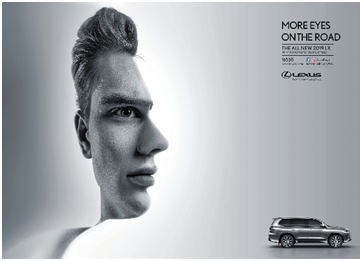
The Personal Loan Ad below was created by Urja as part of the very successful Festive Treats campaign. The objective to increase transactions during festive season was achieved through a series of highly personalised offer communication.

If you can't find a tangible way to stand out from the crowd, try playing it emotional or in Freud's terminology, use Id or the basic human instincts and desires. The below ad by Snickers serves as a clever example.

Use strategy as a key guiding force
Creativity can, by all means, go berserk and all out of the box – as long as it runs parallel with your communication objectives and the revenue goals you aim to achieve. This means meticulous planning and exercising foresight. Our recommendation – start by looking at the end outcome you want to realize and work a strategy backwards. Build momentum using different channels – email, social media, search-based retargeting ads, videos. Understand how best you can leverage these channels in context with your creative approach and audience attention span.
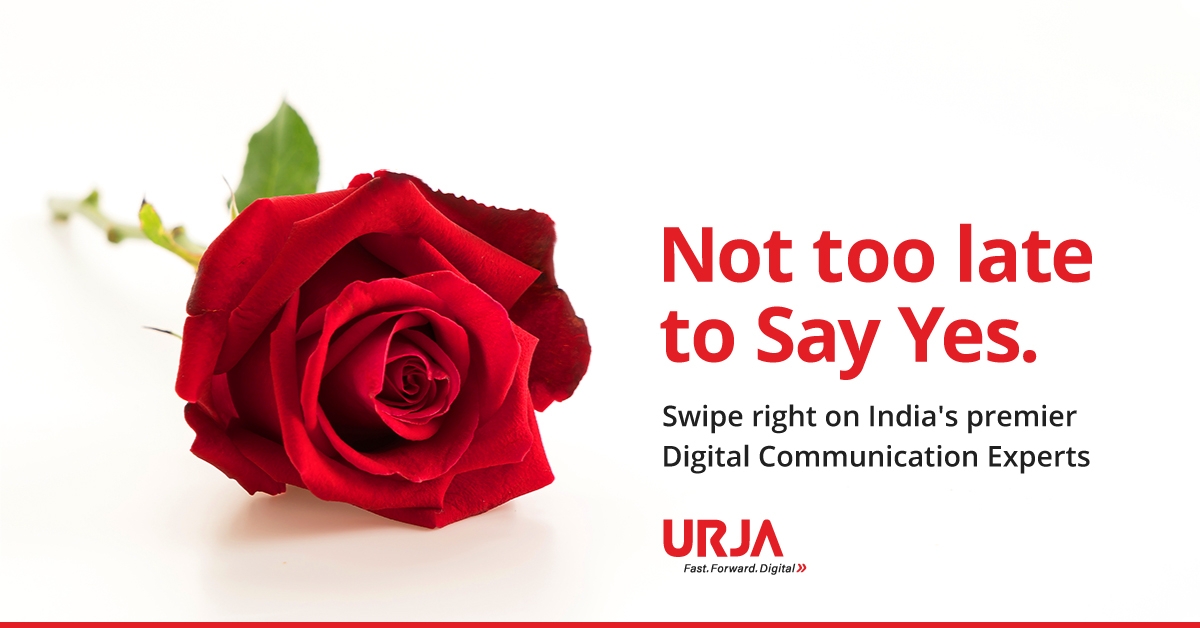
The above ad was run by Urja right after Valentine’s Day. Highly topical + attractive visual + sharp messaging resulted in fantastic ROI.
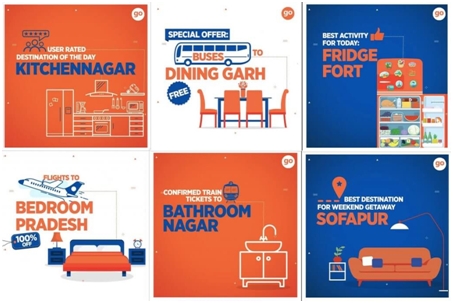
A well-thought through strategy will help you look smart even on rainy days. Take for instance, this ad by Goibibo. Despite the lockdown, check out how they chose to resonate with their customers on Instagram without losing relevance. While promoting their services, they also creatively pushed the ‘stay at home’ notion. That’s strategy at its best. It’s not always about you or your product. It’s about how you can drive relevance and stay on top of mind even when situations are not favorable.
No cookie-cutter approach
It’s hard to gain your audience’s attention by doing what’s already been done and dusted. Creative communication must be personal to make the cut. No one size fits all even in the same product category. Think about it. Your closest competitors don’t necessarily share the same target audience with you. Therefore, brands should focus on being a reflection of the habits, values, beliefs, and social causes their target group is likely to represent.
Let’s take Dove and Lifebuoy for example. Both belong to Hindustan Unilever Limited (HUL) yet they have very different brand personalities. Therefore, they cannot use the same approach to appeal to their specific target audiences. While Dove has a more aspirational perception and is women-oriented; Lifebuoy is functional and promotes the hygiene and safety of large masses. Both brands serve the company’s goals of revenue share through different drivers.
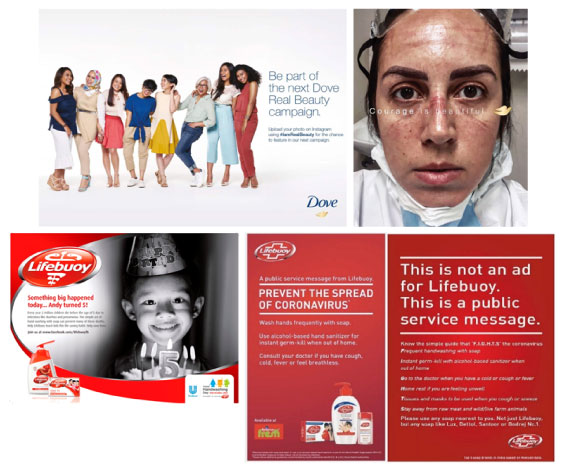
Create with a definite target group in mind
As a marketer, having a holistic understanding of your target audience is vital. This information will define every marketing plan and strategy you execute. Next, work on finding your niche. Why? The better you define your audience buckets the more you can sharpen your creative communication to make sense to them. Ensure your communication speaks to specific personas.
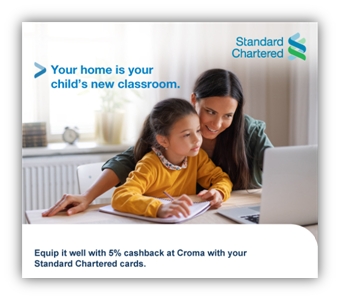
The above communication by Urja was created with parents as the TG during early days of lockdown, and the headline mirrored the sentiments of the public at large.
Track, evaluate and analyze their lifestyle, how they consume media, and work to meet them with extremely focused messages through the right channels. 80% of consumers say they are more likely to do business with a brand that offers personalized interactions.
Be clinical and adhere to best practices
Hygiene checks and best practices can make or break the outcomes you get from even the best creative communication. They could be as simple as:

Each of these display ads has the same basic look and feel, so even if you’re looking at a different ad, your brain instantly connects each of them and associates it with Nike. Customers trust things that are consistent and reliable and your brand should be doing all you can to encourage that trust.
Stay aligned with evolving mindsets and topical sensitivities
Brands have to be bold to be heard but sometimes they cross the line with outrageous work. Some try to be hip or funny. They put out a piece of communication, only to find out it is offensive to countless potential customers. When marketing brands, a company must consider whether imagery is racially offensive or product names translate to something negative or if the communication is simply tone-deaf. Some businesses like Pepsi have learned this lesson the hard way.

Arguably the biggest advertising flop of recent times, Pepsi's 'Live for Now' ad was pulled down by the soft drink retailer in less than 24 hours of its premiere. The two-and-a-half-minute-long video sees an ethnically diverse, color-coordinated crowd of young people staging a protest, before supermodel Kendall Jenner steps in with her can of Pepsi to stop police brutality and save the day.
The ad appears to emulate a Black Lives Matter protest and invites a direct comparison between Jenner and protester Iesha Evans, who was arrested for her protest.The ad sparked widespread derision, and there was genuine offense caused by Pepsi’s insensitive handling of the topic. Isn’t it baffling how often even major companies get their advertising messages wrong!
Since your marketing is a representation of your business, it’s not enough for brands to have amazing products. You need to learn how to sell them with creative communication that well, makes sense. Given that this is an ongoing process and no brand can rest on its laurels. Instead, as marketers, we are required to be constantly in sync with our times – consumers, the market, and above all creativity that’s appealing beyond our own industry.
For over two decades now, Urja has been helping brands consistently drive creativity that makes sense across various consumer touchpoints. To know how we can help by channeling our creative juices for your brand, for a better digital ROI, contact us.
Leave a comment
Comments (0)